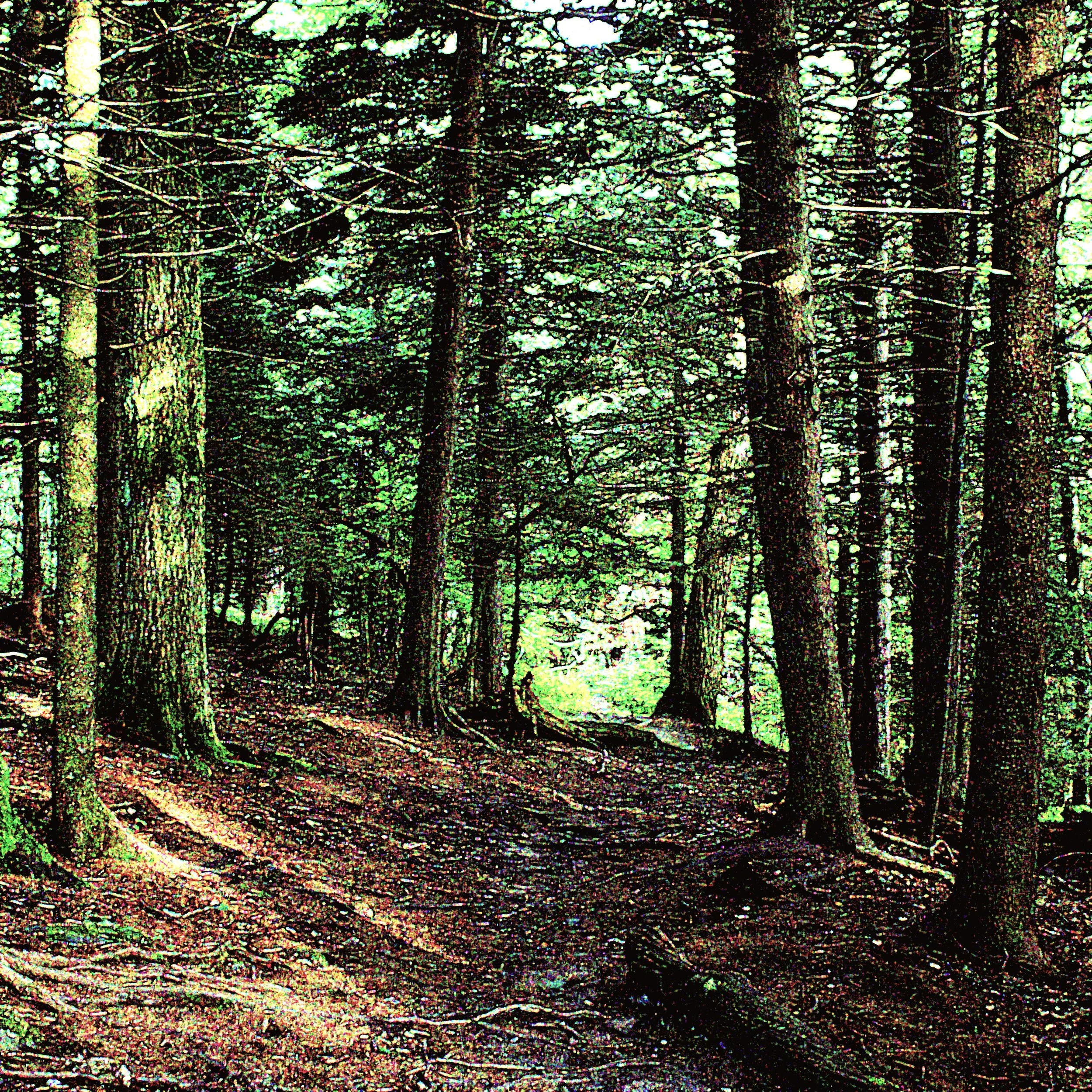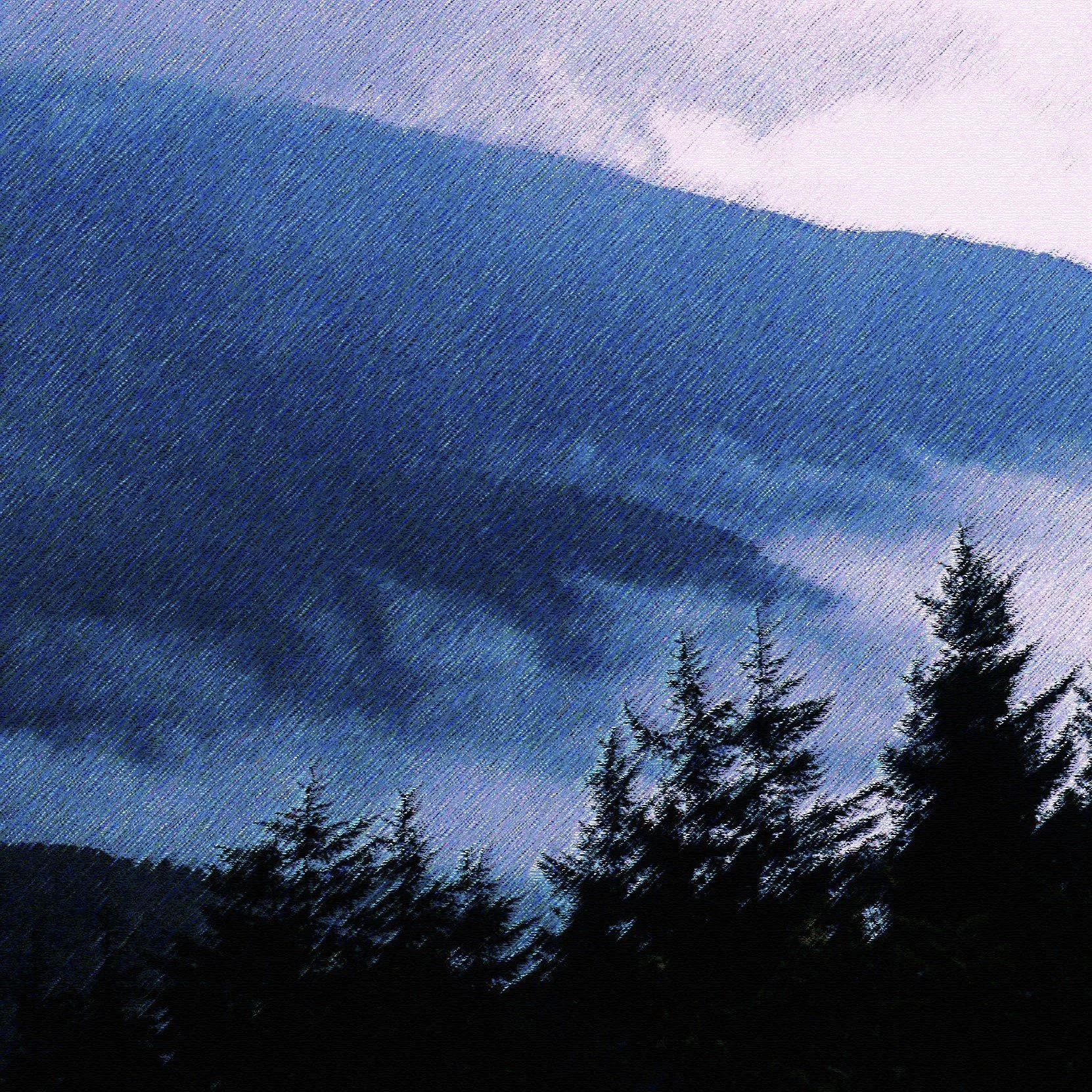I made contact with Felton on my first visit with the Triangle Bonsai Society in Raleigh, North Carolina, in 1995. He was that group's resident sensei and he would have been about seventy four years old at the time. I had heard his name before that, though, because it seemed all the bonsai people of the day knew Felton.
Read MoreBut beyond being an artist Zhao was also proof of something, a living example of a fact you thought must be true but couldn't prove. There had to be multiple ways of going about it — had to be. If the whole little tree business was truly an art form then there couldn't be just one right way. Art doesn't work like that.
Read MoreThe baldcypress water-and-land planting Mr. Zhao made for us in his 1998 demonstration program was remarkably good right from the time he put it together. It had a great feeling to it, a kind of authenticity that evoked the experience of being in nature, somewhere in the hushed coniferous forest where the sound of water splashing on rock is so persistent it ceases to be noticeable.
Read MoreIn America Mr. Zhao was best known in those days for one of his tray landscape plantings done in the water-and-land penjing style. The landscape depicted a scene wherein horses are resting in the shade of flowering trees, with picturesque boulders strewn about and a stream nearby. This penjing was titled: Painting With Eight Horses.
Read MoreAs the bonsai collection began to gradually increase and improve, it attracted ever more attention from the public. Before long, when visitors wandered through the Support Facility workspace, they would find me or one of the bonsai volunteers working on little trees and this activity always pulled people in. The volunteers and I would energetically engage the visitors, talking up the bonsai program and eagerly answering the many questions people had.
Read MoreWe were new and there were many ideas about what The North Carolina Arboretum should be, and these were coming in all the time from various corners of special interest. The Arboretum wouldn't be able to satisfy all of them and we were apparently not in a rush to fully commit to any of them.
Read MoreWe were The North Carolina Arboretum in the Southern Appalachian region of the United States, engaged in the business of building our own identity, which would primarily reflect our own unique place in the world. The three gardens comprising the Arboretum's core area, opened to the public just a year earlier, all modeled this approach.
Read MoreI knew a challenge when I heard one. I went home that night and stayed up late to write out a statement by hand, then went to work the next day and asked my friend Cindy to type it up for me. Then I made sure the Executive Director and everyone else in administration received a copy.
Read MoreWhen something goes bad or doesn't work right, blaming it on politics is always a safe bet. People think politics are inherently bad. Politicians are generally reviled and dismissed as being among the lowest of untrustworthy creatures, so much so that calling someone a "politician" is a slur.
Read MoreThe year 2005 was a watershed for bonsai at The North Carolina Arboretum. That was the year the Bonsai Exhibition Garden first opened to the public, in October on Expo weekend, and the advent of that space for displaying our collection forever changed the institutional status of bonsai.
Read MoreThe early years of the Carolina Bonsai Expo were an exhilarating experience. The show grew bigger and better with each passing year, with more people coming to see it and more clubs wanting to join. The undeniable success and popularity of the Expo became a prime driver of bonsai’s ascension up the Arboretum’s institutional ladder.
Read MoreBy the time of the final Expo in 2019, the event had established itself as one of the leading bonsai shows in the United States and was internationally known. For many years the Expo was The North Carolina Arboretum’s single largest event of the year as measured by visitation. Starting out, however, the Carolina Bonsai Expo was a humble affair.
Read MoreWe talked easily enough. Mr. Yoshimura's new surroundings were newer, cleaner and less cluttered than his home in Briarcliff Manor had been, and it felt different encountering him there. One thing hadn't changed, though — he still spoke to me in riddles sometimes.
Read MoreNine thirty the next morning I was at the hotel and Mr. Yoshimura was not waiting in the lobby. I stopped at the front desk and asked the woman working there what room Mr. Yoshimura was in. She told me the number then asked if I wanted her to call his room and let him know I was there. "No," I said. "He's expecting me."
Read MoreOn a mostly forgotten day in February, 1995, the telephone in my office rang. When I picked it up I heard Mr. Yoshimura's voice on the other end of the line. It was a happy surprise to hear his voice, because we hadn't spoken since my study visit with him in early January.
Read MoreIt amazed me that people were so generous. Their only motivation, so far as I could see, was to be helpful. They were supporting a new arboretum that was trying to start a new public bonsai collection, and if anything they had could be of use in that effort, they were happy to give it to us.
Read MoreI had to actively advocate for bonsai's place within the Arboretum. Bonsai was still in the institutional position of being a curious side venture, an experimental anomaly, and nothing like a full-fledged program in its own right. I was no curator then. I was allowed to refer to myself as the bonsai caretaker for public relations purposes, but that was an unofficial title.
Read MoreThe bonsai professional had been taking the Englishwoman and her husband on a tour of the professional's bonsai garden. The professional introduced the curator to his English guests, explaining to the guests that the curator was in charge of a public bonsai collection in the United States and had come to Japan to study.
Read MoreThose pots were made in Japan or China and their character was part of the whole “Ancient Art of Bonsai” package. In the beginning this was not a problem. The desirability of producing bonsai that adhered to a certain conventionally approved form was only another of the rules in a game I was learning to play. After some time, however, an unanticipated dilemma arose.
Read MoreContainerization of plants is a remarkable phenomenon that few people ever think about because it's been done forever and the practice is so widespread and common. The discovery that a plant might be taken out of its natural context, introduced to an artificial environment and kept alive and thriving over a prolonged period was revolutionary.
Read More


















